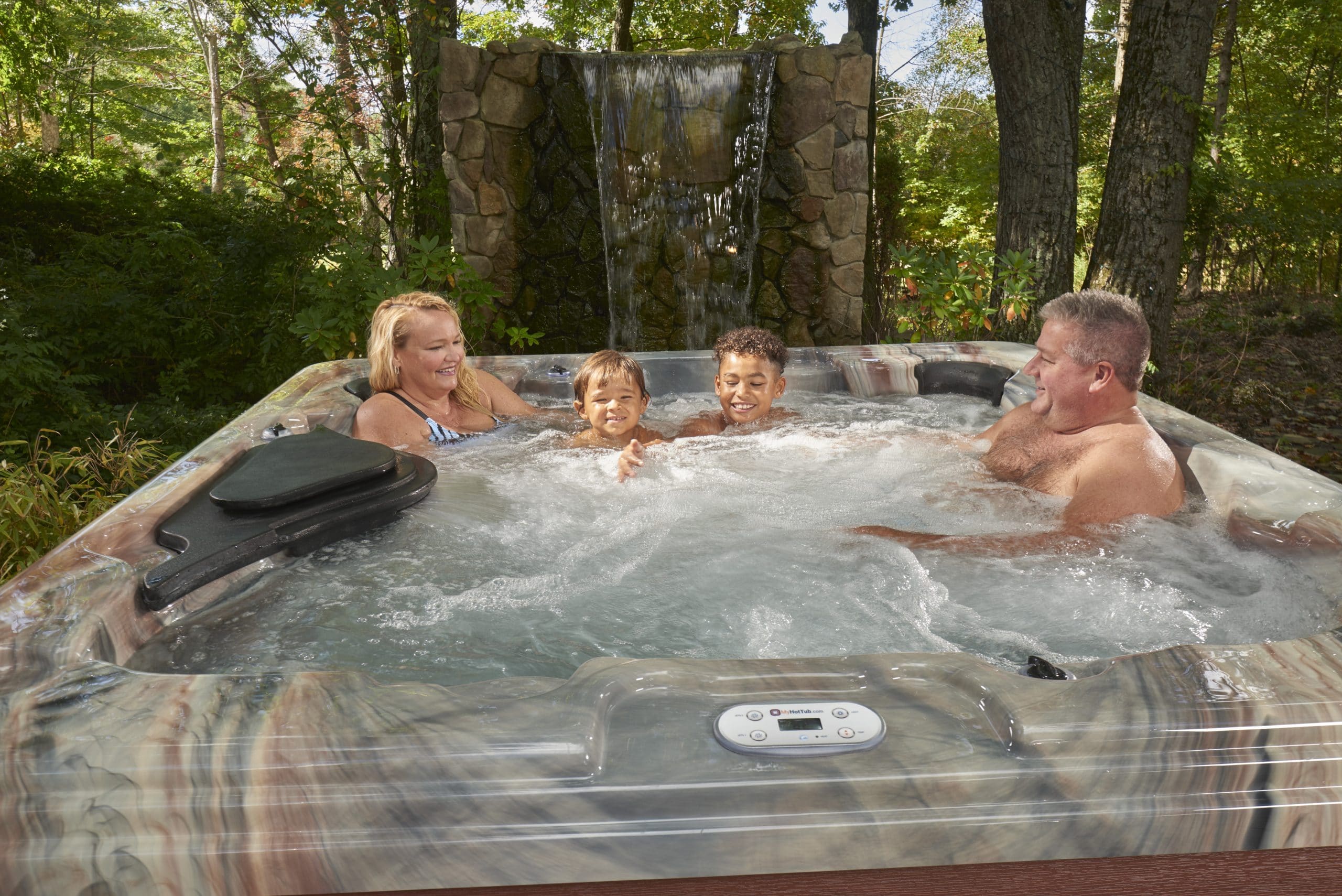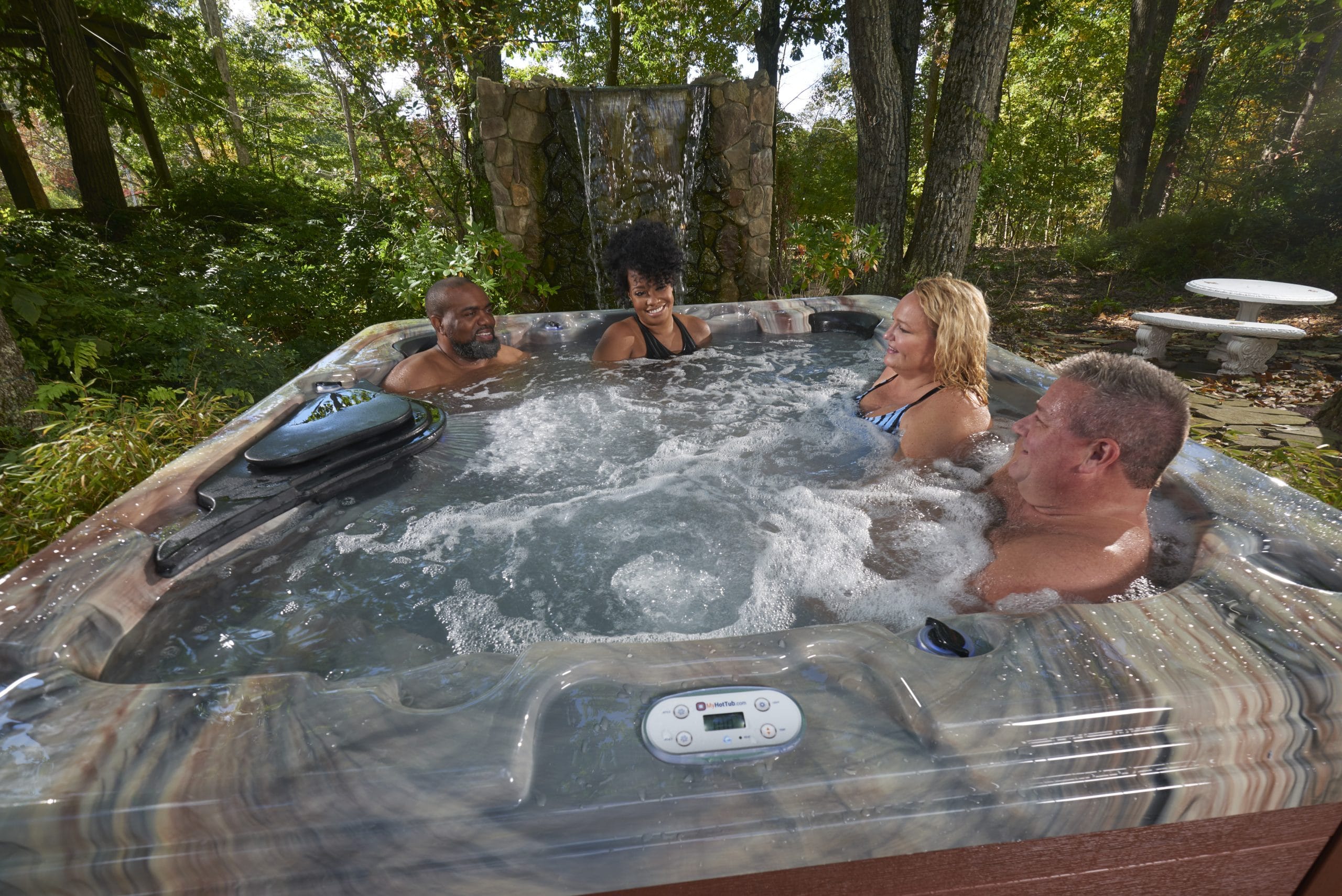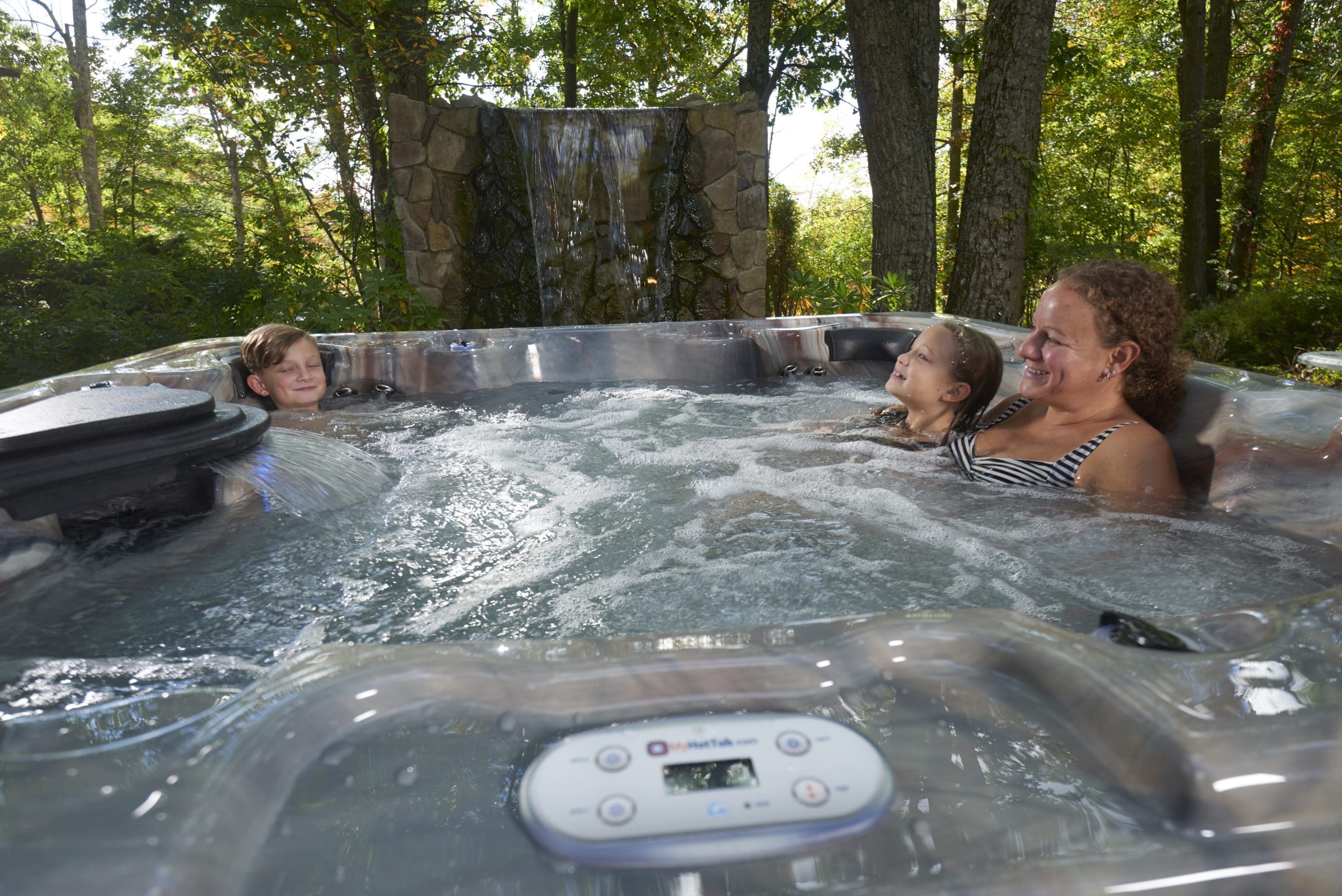Top Picks

Best Tubs
Acrylic Hot Tubs
Luxurious Spas with a Wood-Like Exterior Finish. Great for Entertaining and Elegant Curb Appeal.
Shop Acrylic Hot Tubs 

Resin Hot Tubs
Affordable and Portable Hot Tubs, Sized to Fit Any Space, With Rock & Wood-Like Exterior Finishes.
Shop Resin Tubs 

Lounger Hot Tubs
Lounge in Comfort with a Lounger Seat that Allows You to Put Your Feet Up and Lay Your Head.
Shop Lounger Tubs 

Non-Lounger Hot Tubs
Ergonomic Upright Seating with the Ability to Have More Capacity in a Smaller Tub.
Shop Non-Lounger Tubs 

Welcome to MyHotTub.com – Your Partner in Relaxation and Wellness
At MyHotTub.com, we are passionate about making the luxury and comfort of hot tub ownership accessible to everyone. As part of our commitment to delivering the best value and quality in the industry, we are thrilled to announce that we’re now offering Aqualife Spas by Strong Spas. With these two exceptional brands under one roof, you can experience a wide range of options tailored to meet your unique needs—all at unbeatable prices.
Two Brands, One Great Hot Tub Experience
When you choose MyHotTub.com, you’re choosing quality, innovation, and affordability. Our expanded lineup now includes the trusted craftsmanship of Aqualife Spas by Strong Spas. Both brands embody the superior manufacturing standards and attention to detail that define our Pennsylvania heritage, offering options for every budget and lifestyle. Strong Spas: Renowned for their reliability and cutting-edge design, Strong Spas delivers premium features and luxurious details for those seeking the ultimate hot tub experience. Aqualife Spas: Perfect for families and first-time hot tub owners, Aqualife Spas combines high performance and affordability, making it easy to enjoy the benefits of hydrotherapy without breaking the bank.
Together, these two brands offer a seamless range of options—from budget-friendly models to high-end luxury spas—all backed by decades of Pennsylvania manufacturing expertise.
Why pay more when you don’t have to? By purchasing directly from MyHotTub.com, you’ll enjoy factory-direct pricing that eliminates middleman markups and guarantees the best value for your investment.
Frequently Asked Questions
Do I have to go to a store to buy a hot tub?
No. You no longer have to search for "hot tubs and spas near me" because you can order online through our website or call our representatives and have your hot tub shipped to you.
How much does a spa cost?
Many companies don't list the price of their spas online. Luckily, we list a price for every model on it's product page. We have multiple spa options available with a price for almost every budget.
How does financing work?
We understand a hot tub is a big purchase and not everyone can pay the entire price at once. We offer flexible financing options from GreenSky, and our representatives can assist you throughout the process.
Are the hot tubs portable?
Without water, our spas can weigh hundreds of pounds and require multiple people to move it. Filled with water, spas can weigh thousands of pounds.
Where should I place my hot tub?
Hot tubs can weigh thousands of pounds when filled with water. Your best options for hot tub placement have a strong foundation that can support the weight, can get wet, have access to water and electricity, and offers privacy. Dirt or soil do not make a good foundation for a hot tub. Instead try cement, concrete, a deck, patio, or other hard surface.
What hot tub is right for me?
Picking a spa perfect for you has multiple options to consider. First, and most importantly, is how many people you want to fit in your spa. Our customer service representatives can explain all options to help you choose the perfect spa.
Can I trust your brand?
Buying online can be risky and we understand that. All your information is completely safe with us, and you can read more about our privacy policy here. - https://myhottub.com/privacy-policy/.
If I'm unhappy, can I return my hot tub?
Yes, you can return your spa for a refund within 30 days. More details can be found on our Return Policy — https://myhottub.com/return-policy/.
What's the difference between a spa and a hot tub?
Absolutely nothing, we just use the two interchangeably.


























